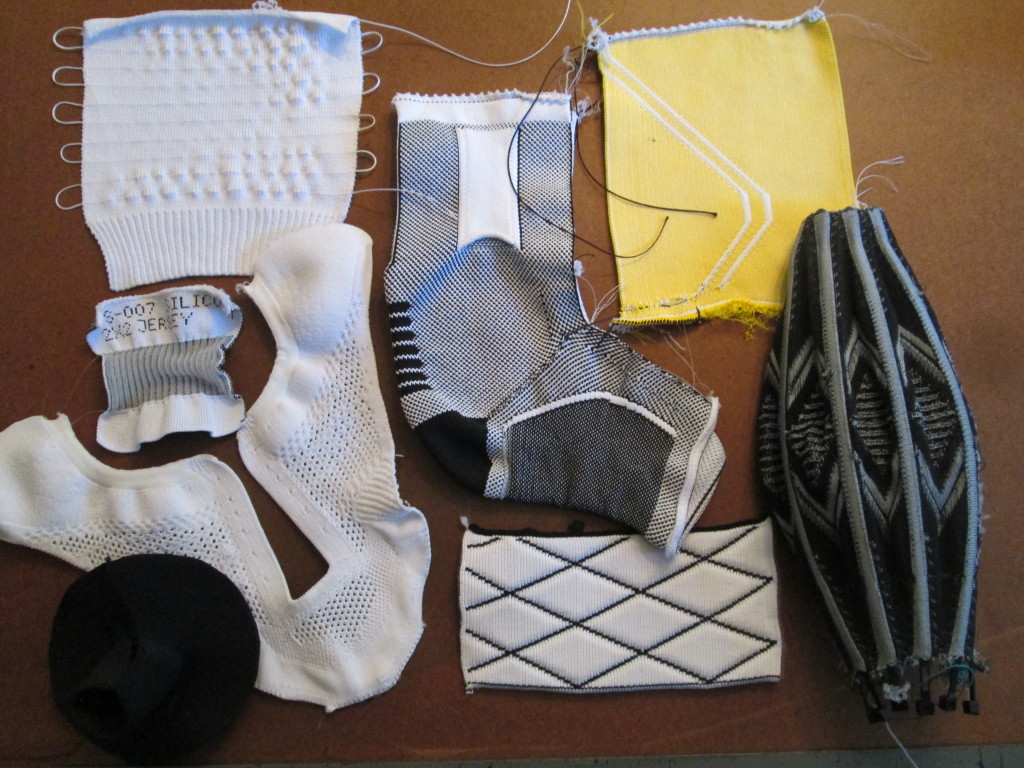
A rose by any other name might smell as sweet, but in the textiles business using the “correct” terminology is a must. So says Connie Huffa, president of Fabdesigns, Encino, Calif., an extreme textiles developer for a variety of industries, including sports, the military and safety applications. She addressed the 2014 IFAI Advanced Textiles Expo audience in Minneapolis Oct. 13.
The increasingly common practice of companies making up their own internal marketing wording is causing confusion among vendors and clients, she said, offering “moisture-management fiber” as an example of such confusing terminology—is it an absorbing fabric or a wicking one? “It’s a self-inflicted language barrier,” she said.
In a presentation titled “From the Fiber Level Upward,” Huffa explained how—particularly in dealing with health and safety issues—a “looking good” aesthetic isn’t the best approach to product design. Building in protection includes using the right polymer for the specific job, using textiles with the correct yarn construction, and using the correct fabrication for the end use. You “must meet specific performance applications,” she told her audience.
Huffa then explained how her company’s 3D Integrated Knit technology engineers yarns and fabric variations where they are needed for creating load or performance products with a virtually seamless fit. The specially engineered knit structures create lightweight designs that minimize excess material. Their “knit-to-shape” process eliminates from 50-to-90 percent of production waste, she said, and it also cuts down on production time; a one-piece sock that once took an hour to produce can now be made in 12 minutes.
Although the 3-D, single-piece technology is some 20 years old, Huffa noted that the current models of textile manufacturing and sewing machines are much more advanced—in fact, they’ve become “hyper-efficient.” She singled out a Stoll flat-knitting machine for special mention.
“Manufacturing techniques have caught up, fibers and yarns have caught up, sewing machines have caught up,” she said, adding that producing such products is also more economical than in the past, and quality across a line is more consistent.
Looking forward, Huffa noted the increasing use of hemp as a fabric source (potentially replacing cotton) and cited a variety of ecological and fabrication advantages to its use. These include:
- Produced without herbicides or pesticides for agricultural use
- Soil-enrichment properties for follow-up plants
- Easy composting
- Natural antimicrobial properties
She also offered a variety of products that were produced by the single-piece technology, which included the previously-mentioned sock, gloves, automotive interior pieces and an auto brake lining, among other examples.
Jim Tarbox is a freelance writer and editor based in Maplewood, Minn.
Photo information:
Pictured clockwise from top left: Inlay cable wire for thermal or circuitry applications; compression ankle brace (medical) with integrated plantar pocket, hinge pockets and stretch zones; inlay cable wire for thermal or circuitry applications (Kevlar, for aerospace); 3D wedge knit structure with integrated struts for architectural, solar and shading applications; 3D spacer swatch with different yarns on the face and reverse for upholstery applications; knitted upper for footwear in EMF protective, apparel and sports applications; perpendicular planes knitted cylinder and flange for radiator draft plug (architectural application); silicon extrusion knit into fabrication (aerospace and medical applications). Photo: Fabdesign.
 TEXTILES.ORG
TEXTILES.ORG


